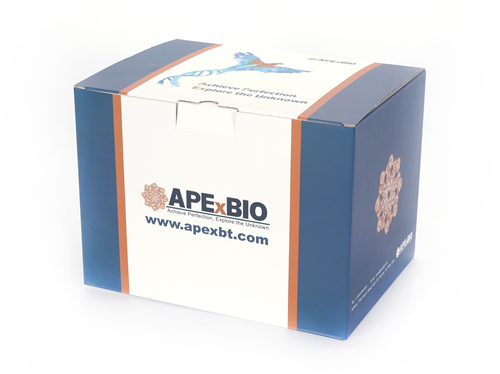Alzheimer

Alzheimer
Alzheimer’s disease (AD), a neurodegenerative disorder, is the most common cause of progressive dementia. Two microscopic characteristics of AD are extracellular amyloid plaques and intracellular neurofibrillary tangles. Amyloid β peptide (Aβ), derived from amyloid precursor protein (APP) by sequential protein cleavage, and other metabolites deposit around neurons and form amyloid plaques, which contribute to the disease’s pathogenesis. The neurofibrillary tangles are formed by the aggregation of phosphorylated tau proteins. Under pathogenic conditions, tau accumulates in dendritic spines and interferes with neurotransmission. The Aβoligomer promotes tau enrichment and facilitates disease progress. read more

